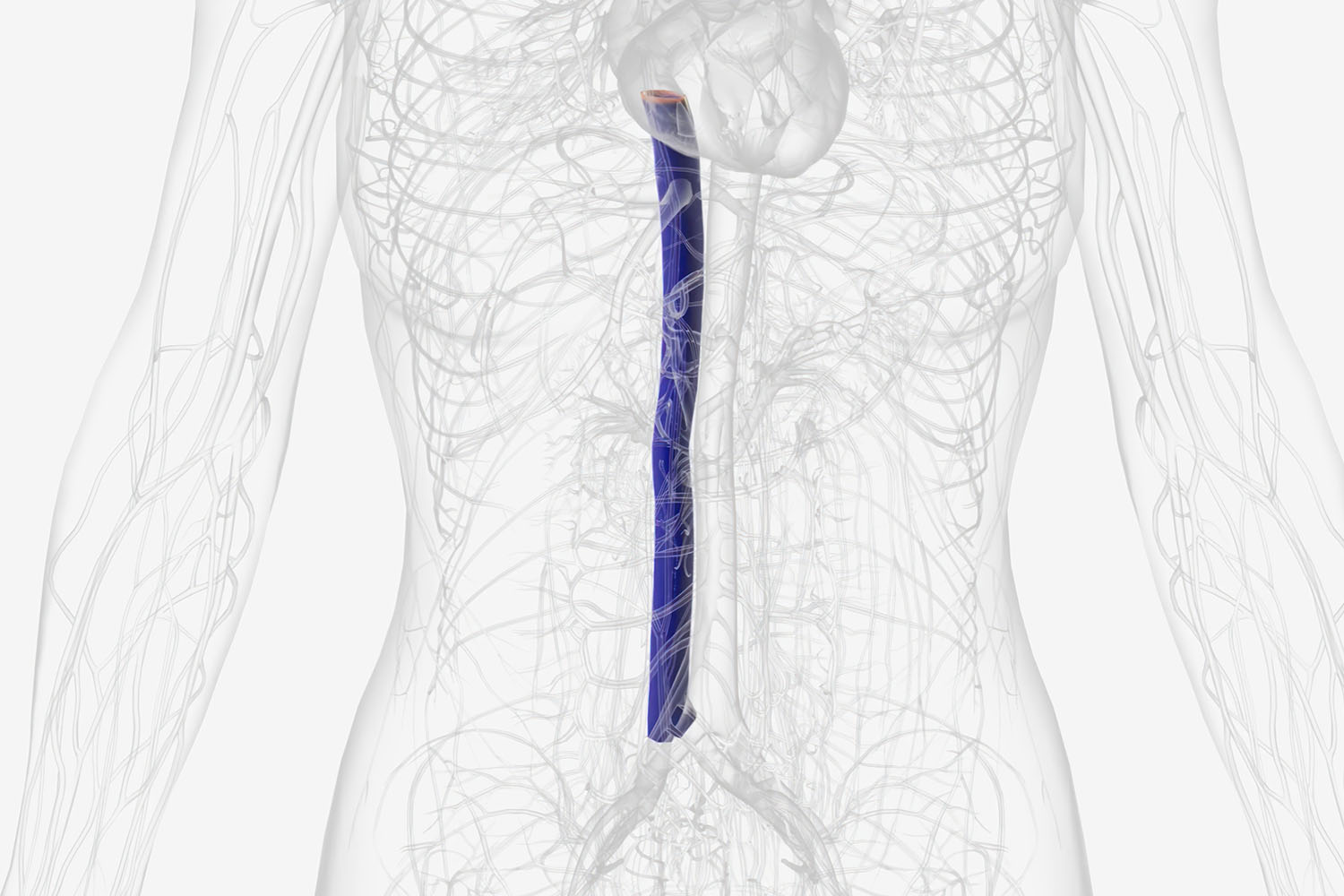Overview
Inferior vena cava (IVC) filters are medical devices designed to prevent blood clots from reaching the lungs, where they can cause life-threatening complications such as pulmonary embolism. While IVC filters have been instrumental in reducing the risk of pulmonary embolism in certain patient populations, their use remains a topic of debate due to concerns regarding safety and efficacy.

Research into the utilization of IVC filters has provided valuable insights into their role in preventing pulmonary embolism, particularly in patients who are unable to tolerate or have contraindications to anticoagulant therapy. These filters are typically recommended for individuals with a history of venous thromboembolism (VTE) who are at high risk of recurrent events, such as those undergoing major surgery or with conditions like deep vein thrombosis (DVT).
However, despite their intended benefits, the use of IVC filters is not without risks. Complications associated with these devices include filter migration, fracture, perforation of the vena cava, and thrombosis. Research has highlighted the importance of careful patient selection, appropriate filter placement, and regular follow-up monitoring to mitigate these risks and ensure optimal outcomes.
Furthermore, studies have underscored the importance of timely retrieval of temporary IVC filters once the risk of pulmonary embolism has subsided. Failure to remove these filters can lead to long-term complications, including device-related thrombosis and vena cava occlusion. Healthcare providers must weigh the potential benefits of IVC filter placement against the risks of prolonged implantation and take proactive measures to facilitate filter retrieval when indicated.
In recent years, efforts have been made to enhance the safety and efficacy of IVC filters through advancements in device design and implantation techniques. Novel filter designs aim to improve stability within the vena cava while minimizing the risk of migration and fracture. Additionally, imaging modalities such as intravascular ultrasound (IVUS) and fluoroscopy aid in accurate filter placement and surveillance, reducing the likelihood of procedural complications.
Patient education and shared decision-making play pivotal roles in the use of IVC filters, allowing individuals to make informed choices based on their unique medical history and preferences. It is essential for healthcare providers to engage in open and transparent communication with patients regarding the risks, benefits, and alternatives to IVC filter placement, empowering them to actively participate in their care journey.
IVC filters represent a valuable tool in the prevention of pulmonary embolism, particularly in high-risk patient populations. However, their use must be carefully weighed against the potential risks of complications and long-term adverse events. By staying abreast of the latest research findings and guidelines, healthcare providers can make evidence-based decisions regarding the use of IVC filters, ultimately ensuring the safety and well-being of their patients.


